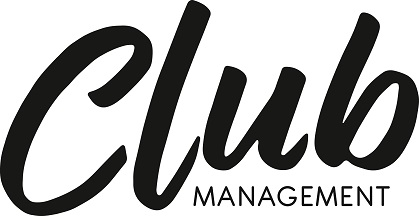The past few years have provided a steep learning curve for the hospitality industry. While many businesses have managed to find ways to adapt and flourish, others have not weathered change as well, and have been left floundering after brutal challenges rolled in and threatened to throw them off course.
Some of those who have stayed afloat have done so by undertaking transformation, embracing new ways of working, and constantly improving operations to gain a competitive edge. Others have found themselves in the right place at the right time, with a niche in which they are able to thrive.
Others still have gotten to where they are today through a combination of gruntwork and sheer willpower. No matter which path they have taken, many are now wondering, what’s next?
Although a crystal ball is not something we are able to provide, one thing is for certain: when fluctuating demand is the norm and wage costs are higher than ever, simply holding tight and hoping for the best is no longer a strategy that will serve.
In 2022, hospitality businesses simply cannot afford to continue without robust processes in place to help create operational efficiencies and amplify success.
A key area of focus for those at the forefront is optimising systems and procedures to better serve the business – and the people that work within it.
Longer-term strategies to maximise revenue, minimise costs and create efficiencies are also taking precedence, while balancing the need for an excellent employee experience, which ultimately results in improved customer satisfaction and impacts the bottom line.
As the undercurrent of optimism begins to elevate the mood across the industry, new technologies will buoy up operations and help businesses navigate a better way forward. Unfortunately, although many recognise the need for change, reliance on inefficient processes is still widespread.
For those wondering where best to start, a good starting point is implementing rostering best practice – as this can have positive flow-on effects across everything from employee experience to hitting KPIs.
The burden of rostering typically lies with managers, who must draw on their knowledge of upcoming demand and attempt to build cost-effective rosters accordingly. Unfortunately, their ability to do this well is only as good as the systems they have supporting them.

Without the right tools, or the right information, they will always be reliant on guesswork when it comes to understanding how many staff should be scheduled on any given shift. This means that, time and again, critical decisions are made without the proper data to support them.
The result? Budget blowouts, understaffing woes, unhappy customers, and hours of managers’ time wasted. The implications can be truly far-reaching, and the entire scenario begs the question: why are so many in the hospitality industry still relying on guesswork when there are systems available to automate the entire workforce management and rostering process for them?
The challenge of building the most cost-efficient roster possible – while taking into account modern awards, penalty rates, required break times, sales forecasts, and the predicted number of customers – would leave even the most experienced leader scratching their heads.
Combine this with the need to strike the balance between minimising wage costs while ensuring adequate staffing levels, and it’s a puzzle even a mathematician might struggle to solve.
Luckily, there is a solution available. Demand-based rostering software makes it easy to create a roster in line with forecasts, and to assign the best-fit employees, all while keeping costs to a minimum.
Combine this with all-in-one workforce management, and hospitality businesses are equipped with everything they need to recruit, onboard, roster, manage and pay their teams in one seamless system.
The benefits are almost too many to count. Employee satisfaction increases, as staff are no longer over-worked or struggling to find enough to keep themselves busy.
Managers can devote more time to leading and mentoring their teams, rather than wasting hours on unnecessary admin. Customers are delighted by improved service levels. And ultimately, executive teams see tangible improvements to the bottom line.
If you would like to learn more about how to avoid expensive mistakes and improve the way you manage your hospitality workforce, please reach out to the Roubler team or discover more by downloading their white paper: Cost control: creating efficiencies through workforce management.
